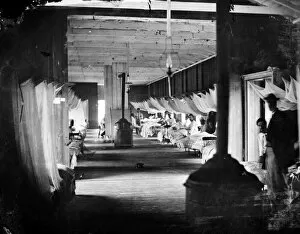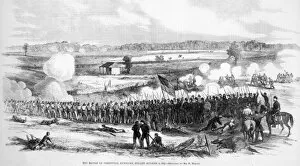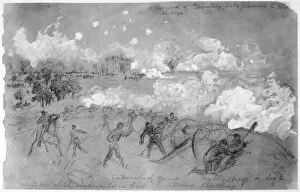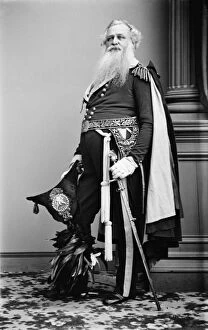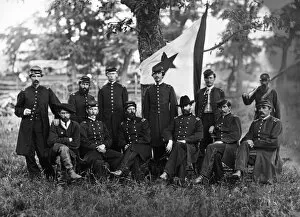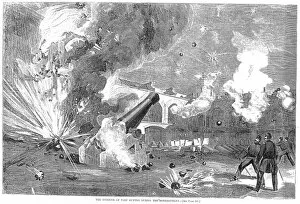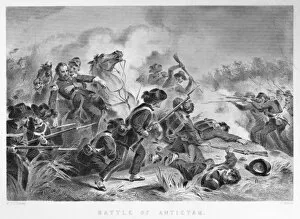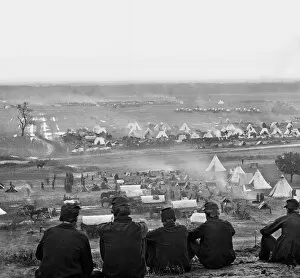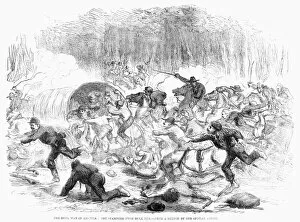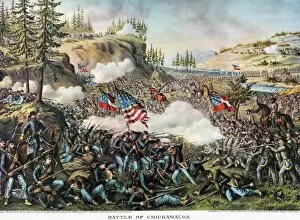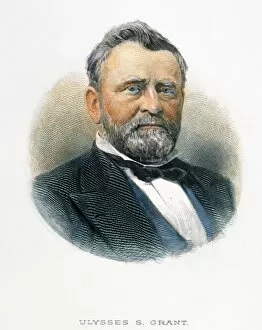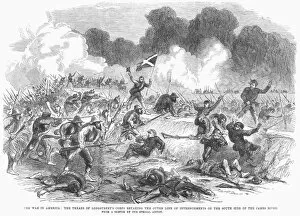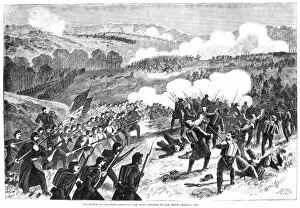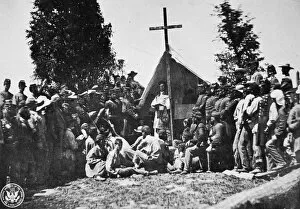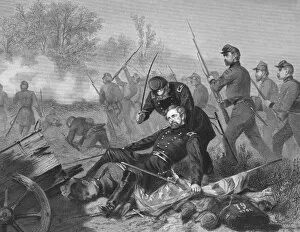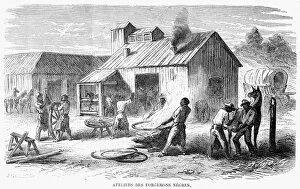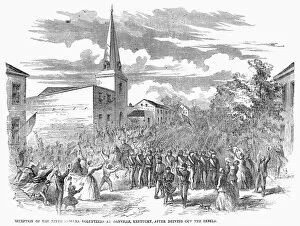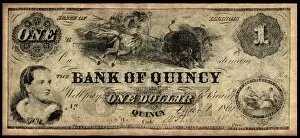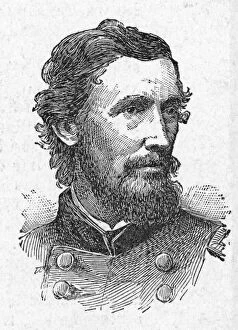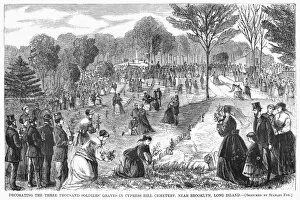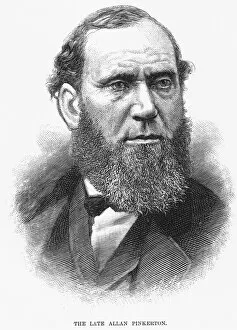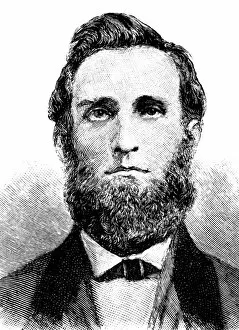Union Army Collection (#52)
"The Union Army: Defending the Nation and Shaping History" During the American Civil War, General Ulysses S. Grant emerged as a formidable leader within the Union Army
For sale as Licensed Images
Choose your image, Select your licence and Download the media
"The Union Army: Defending the Nation and Shaping History" During the American Civil War, General Ulysses S. Grant emerged as a formidable leader within the Union Army. His unwavering dedication to his country propelled him forward amid the chaos of battle. One pivotal moment in history was Lee's surrender to Grant at Appomattox Court House in 1865. This marked a turning point for peace within the Union, symbolizing hope for a united nation once again. Thomas Nast's painting beautifully captures this historic event, immortalizing it for future generations. The Irish Brigade memorial on Little Round Top stands as a testament to the bravery and sacrifice of those who fought valiantly during the Battle of Gettysburg. Their unwavering loyalty and determination helped shape the outcome of this crucial conflict. Amidst all this turmoil, steamboats like Sultana played an essential role in transporting troops and supplies along waterways such as Helena. These vessels became lifelines connecting soldiers with their loved ones back home. The Battle of Franklin in Tennessee left an indelible mark on history, showcasing both courage and tragedy. Kurz & Allison's lithograph encapsulates the intensity and devastation experienced by those involved. Another significant battle that shook America was Bull Run, where both sides clashed fiercely for control over strategic territory. The echoes of cannon fire reverberated through time, reminding us of the sacrifices made by countless individuals during these tumultuous years. President Abraham Lincoln frequently visited battlefields alongside General George B. McClellan, seeking firsthand knowledge about ongoing conflicts such as Antietam in Maryland. Alexander Gardner's photograph freezes that moment forever—a president standing shoulder-to-shoulder with his military leaders amidst adversity. At Gettysburg, General Meade gathered his council of war—an assembly that would determine not only victory or defeat but also shape our nation's destiny moving forward. Their decisions would forever alter the course of history.






